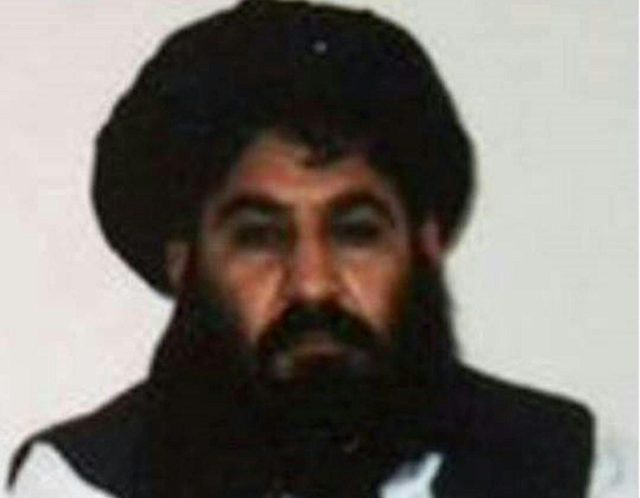Islamabad (AFP) – President Barack Obama confirmed Monday that a US drone strike in southwest Pakistan had killed Taliban leader Mullah Akhtar Mansour, heralding a new chapter in the Afghan insurgency which had grown fiercer under him.
Who will succeed him?
Mansour was appointed head of the Taliban in July 2015 following the revelation that the group’s founder Mullah Omar had in fact been dead for two years.
He was widely blamed for leading the cover-up. The roster of candidates to succeed him, currently being debated at a shura (council), will include many of the same names who entered the fray last year.
These include Omar’s son Mullah Yakoub, who was favoured by some commanders as new leader but at the time judged too young and inexperienced, and Omar’s brother Mullah Abdul Manan Akhund.
Other possible successors are Mullah Abdul Ghani Baradar, who helped Omar found the Taliban movement and is seen as close to the Pakistani establishment, and Mullah Adbul Qayyum Zakir, considered one of the group’s most violent and committed commanders.
But it is Sirajuddin Haqqani — leader of the feared Taliban-allied Haqqani network responsible for some of the worst attacks on Afghan and US targets — whose name has popped up most frequently among senior sources. His appointment could intensify the conflict even further.
“This could be the time Haqqanis will try to take over the whole movement,” said Pakistani security analyst Amir Rana.
What does the death mean for the insurgency?
Mansour had been particularly effective at subduing dissidents and eliminating rivals. Now, analysts believe, differences are once again likely to surface within the group.
“This could help the peace process — if it allows the moderate faction to come to the surface,” said Ahmed Rashid, author of the book “Descent into Chaos”.
While infighting could buy some breathing space for beleaguered Afghan police and troops, the strategy of “divide and rule” may also backfire.
“First Mullah Omar and now Mansour — once you take the core out of a movement it could begin to unravel,” said Imtiaz Gul, director of the Islamabad-based Centre for Research and Security Studies.
“On the other hand, peacemaking will become even more difficult if you are dealing with so many leaders. This has been the strategy for several years — to splinter them and make deals — but whether that works, we don’t know.”
According to Rana, Mansour’s death could also pave the way for groups like the Islamic State and Islamic Movement of Uzbekistan, long in the Taliban’s shadow, to make inroads.
What does the drone attack mean for Pakistan?
The US has carried out hundreds of drone strikes in Pakistan, mainly in the border tribal regions with Afghanistan, and leaked documents show Islamabad had quietly consented despite publicly protesting.
But this was the first by the US in Balochistan province and Pakistan — whose spy agency long supported the Taliban — angrily denounced it as a violation of its sovereignty.
It appears US patience with Mansour, who had resisted peace negotiations, finally snapped.
If Pakistan was not a part of the plan, the incident marks the most serious incursion into its airspace since the 2011 raid that killed Osama Bin Laden.
But security analyst Talat Masood said the two countries would seek to mend ties sooner rather than later.
“They will get over it because both countries need each other and they need to work together. There is going to be a change in Taliban leadership and Washington and Islamabad cannot afford to disconnect or have a rupture to the point they can no longer cooperate.”
The incident could also force Pakistan to rethink its policy. “They will probably push the Taliban harder and say look: engage in a political process, and if you fail to do that then you have no space in Pakistan,” Masood said.

COMMENTS
Please let us know if you're having issues with commenting.